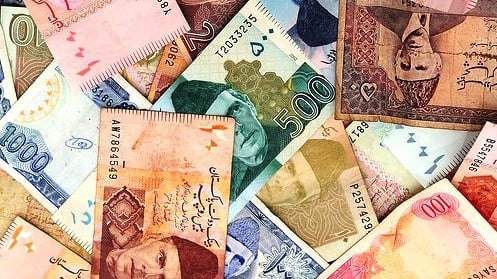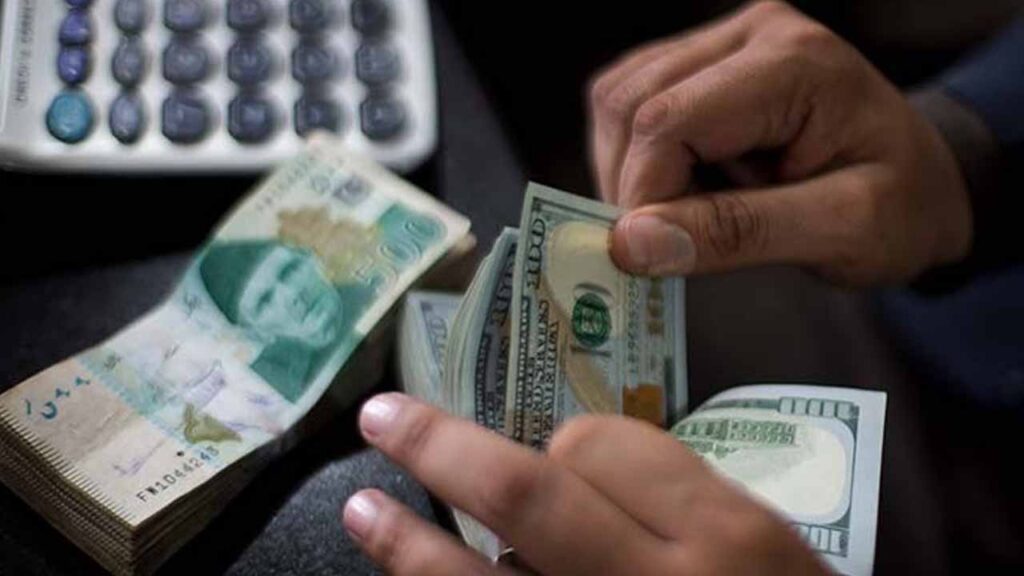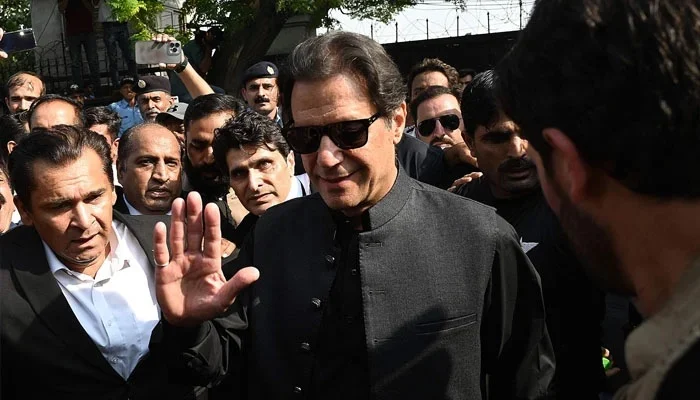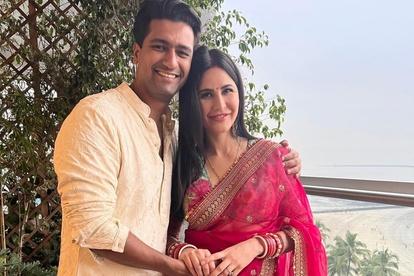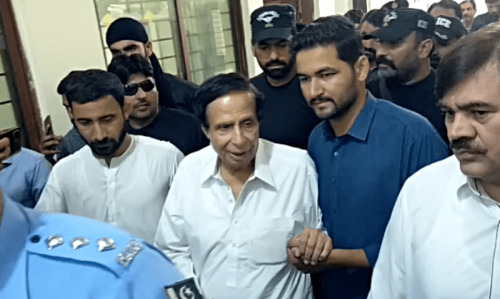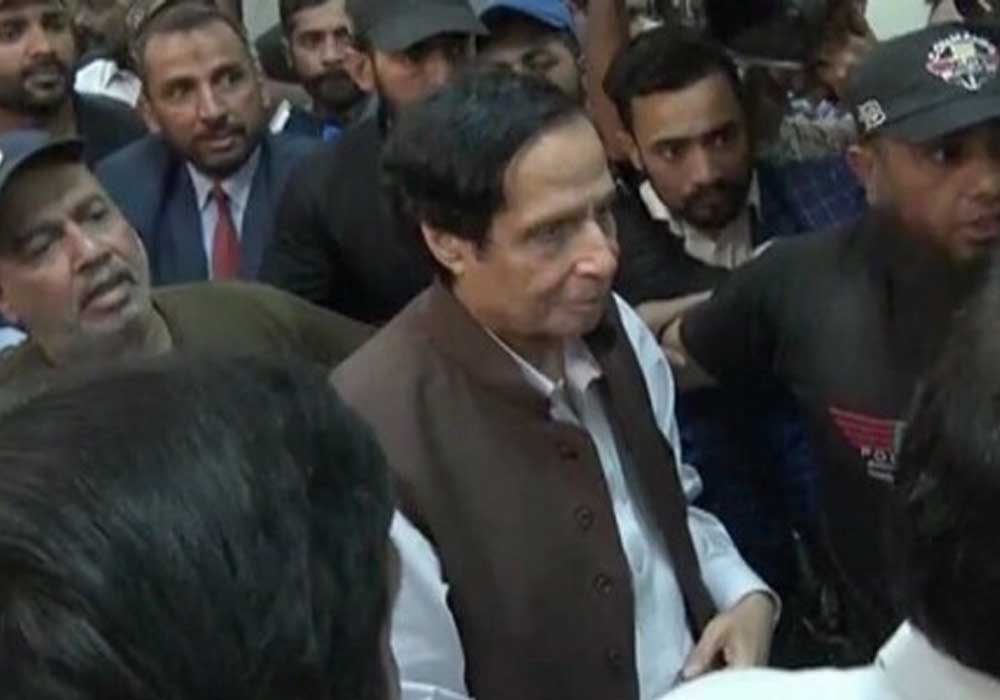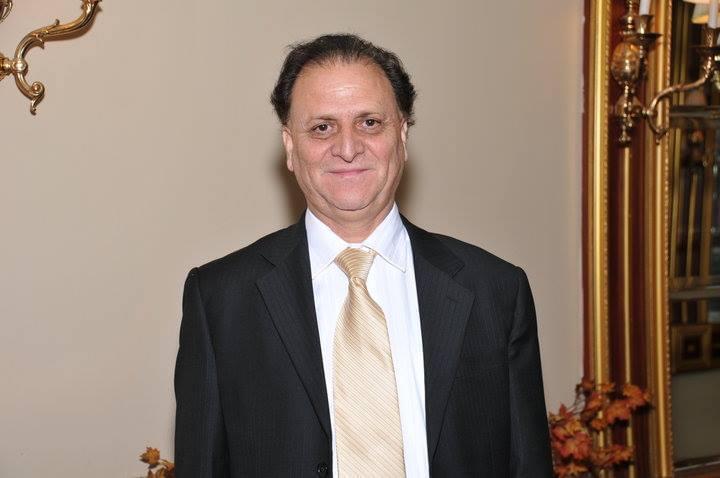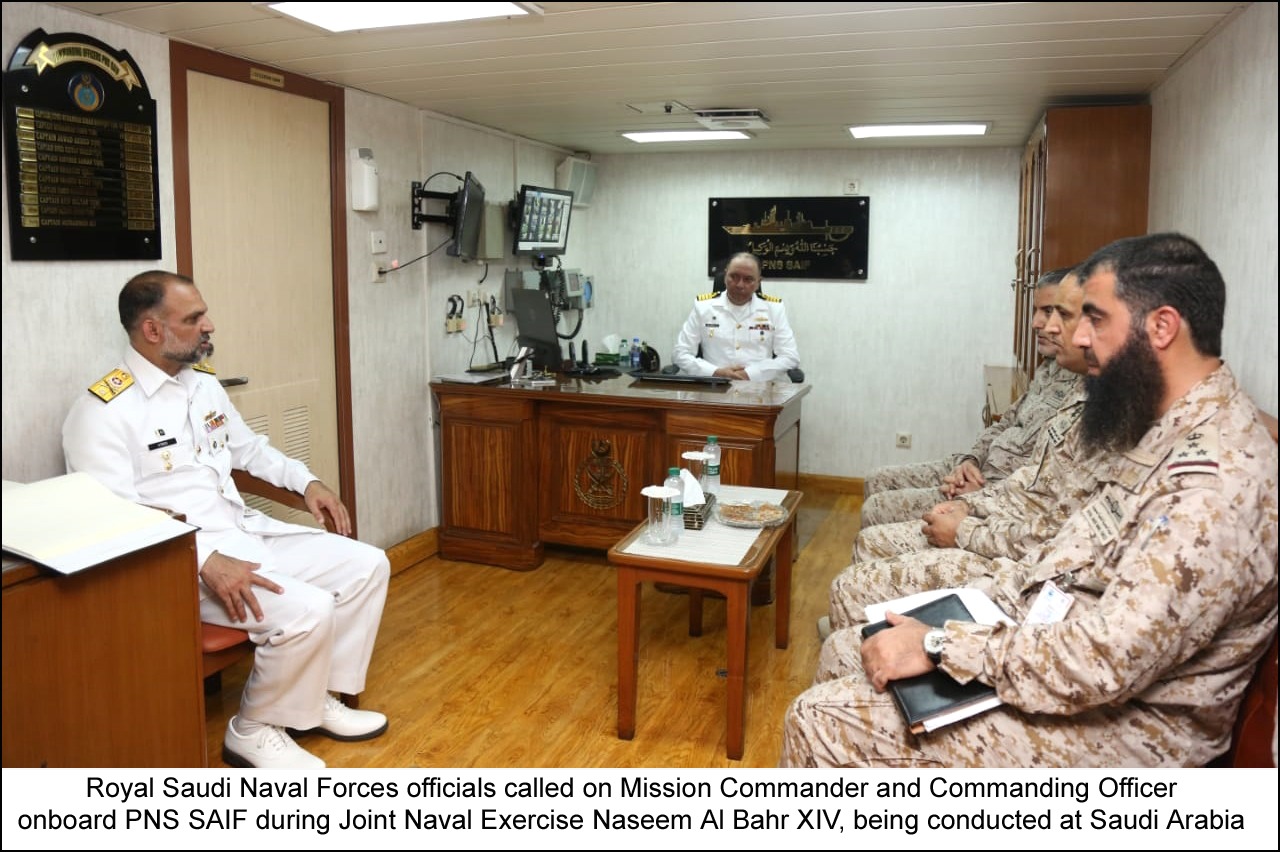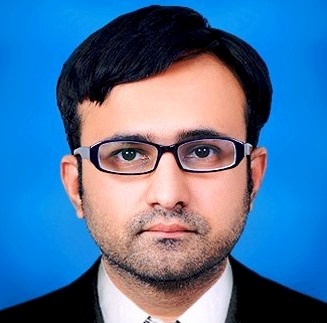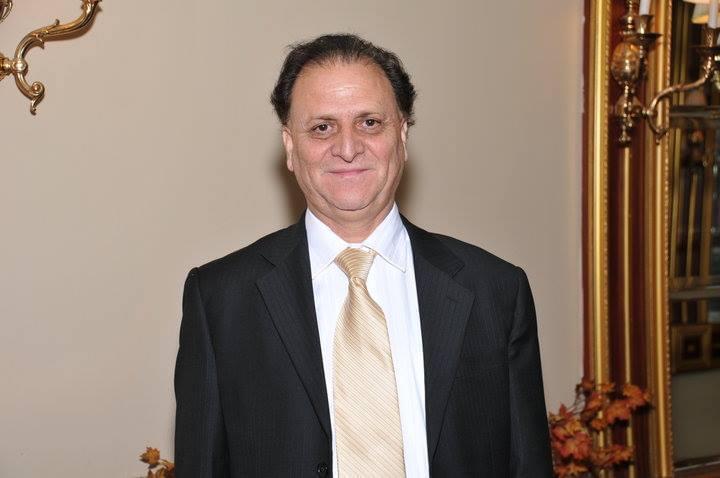Dr. Maqsood Jafri
I am mostly asked about the language issue by Pakistanis. It is interesting to note that every educated Pakistani knows three languages. Local dialect, Urdu and English.
The illiterate people only speak their mother tongue, such as Punjabi, Sindhi, Pushto, Baluchi and several other colloquial dialects. At least seventy dialects are spoken in Pakiatan. Similarly, in Azad Kashmir and Gilgat- Baltistan we have several dialects such as Kashmiri, Gujri, Pahari, Balti, Shena, and some other dialects.
Besides, these dialects, educated people in these areas speak Urdu. English is also spoken in these areas but very few people speak English. In Pakistan also, only highly educated people speak English while semi- educated people speak Urdu.
The people living in far- flung areas neither speak Urdu, nor English. They are absolutely uneducated multitudes. It is very unfortunate that in the Sub- continent, there are numerous dialects. These local colloquial languages are not rich languages.
They are under developed. These dialects can’t be called as languages. Hindi is the Lingua Franca in India, as Urdu is the Lingua Franca of Pakistan. Urdu is our National language, but for sound reasons, it is not our official language or academic language.
Language can not be imposed on people. It grows naturally with the passage of time. Pakistani local dialects are the outcome of cultural and civilizational product. As theses are the languages of the heart of people, we find passionate poetry in these dialects.
Urdu is not the language of Pakistanis. It grew in Lucknow, Delhi and Daccan. It is interesting to know that the Urdu speaking immigrants from India, settled in Karachi have splendid culture of poetry and Indian literary life style.
It must be mentioned that the Punjab Province has lots of laurels in serving and promoting Urdu language. We have a galaxy of Poets and prose writers who wrote in Urdu and are still on the top of Urdu literature.
However, we can not ignore the religious sanctity attached to some languages. Sanskrit was adopted by Hindus and Buddhists and gained the status of sacred language. Hebrew is the sacred language of the Jews, as their religious book The Torah is in Hebrew.
Arabic is considered the sacred language for Muslims as their religious boon the Holy Quran is in Arabic language. Punjabi is considered sacred language for Sikhs as their religious book The Granth is in Punjabi language. Besides, the religious attachment, every nation has the pride of its language.
The Iranians are very proud of Persian language and consider it the sweetest language as far as poetry is concerned. Similarly, the Germans and the French consider their languages very mighty, developed and scientifically advanced languages.
The Chinese and the Russians feel same pride about their languages. Here, I feel pertinent to mention that some languages have long and rich history, so far as their literature, art, philosophy and scientific knowledge is concerned. Even then, their younger generation is learning English as it is not only an international language, it is the language of higher studies.
This is the age of science and technology. English is the richest language in the field of modern sciences.
So far as the issue of language in Pakistan is concerned, it is my considered opinion that along with English, we must promote Urdu language as our literary and religious material is found in Urdu language.
We must not promote local languages as multi- lingual countries fall a prey to language biases, clashes and crisis. In Karachi city, we had suffered on the issue of Urdu and Sindhi language. In India, pre- partition, the clash between Hindi and Urdu language caused many casualties.
Even today, in India, the Muslims promote Urdu, while the Hindus promote Hindi. Soviet Union was a multi- cultural and multi- lingual country, hence ultimately was dismembered and disintegrated. Great Britain is based on England, Ireland, Scotland and Wales.
Their languages are different. Great Britain is bound to disintegrate and the process of disintegration has started. India is a multi- cultural and multi- lingual country and the process of its disintegration is in offing.
Keeping all these facts in mind, I solemnly and strongly appeal to my countrymen not to indulge in non- issues by sharing false pride of mother tongue. Face the hard facts of life and accept the ground realities. This is not the age of mother tongue.
This is the age of academic language. Do not spread prejudices against English language. English must be a compulsory subject in all public schools. People are paying high fees in private English medium schools.
People want that their kids must learn English so that they can obtain higher education, whether in Pakistan or abroad. The kids of poor people can not compete with the kids of elite class, as they lag behind in English language.
It is the need of justice that in all government schools, English must be taught and also promoted at ground level. English is the only vital and potent intellectual, scientific and practical armor to defend our country.
With out arms and armor, no nation can survive. The promotion of English language at all levels does not mean the rejection, omission, oblivion or degradation of our national language.
